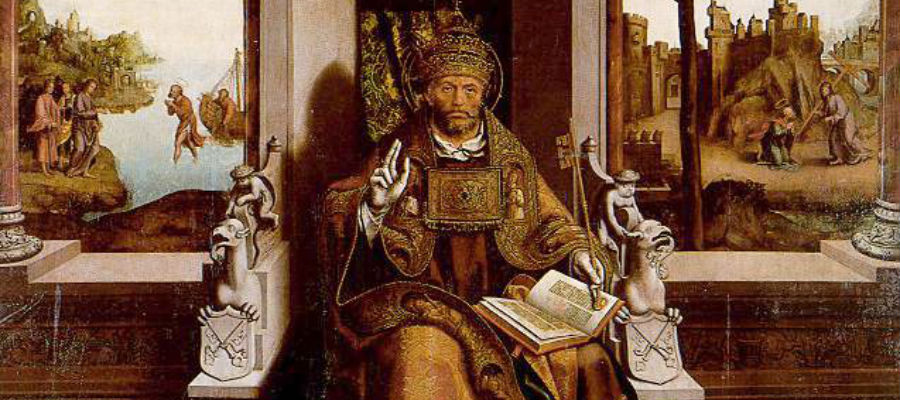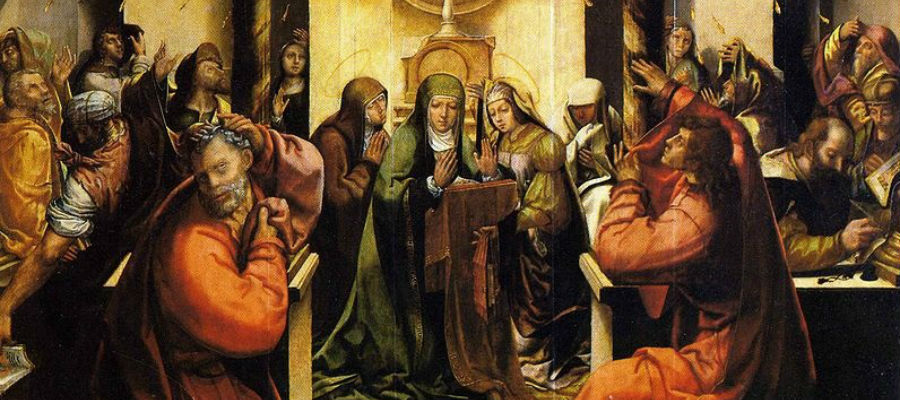Text João Barbosa | Translation Bruno Ferreira
The Dão wine region was for many years a quality benchmark and the birthplace of brands that guaranteed quality at a time when the country mainly drank undifferentiated wine in bulk in the taverns, which came from the village when the internal migrants went there homesick.
The Dão was no exception, but thinking a bit I can recall some names: Aliança, Caves Velhas, Constantino, Dão Pipas, Grão Vasco, Porta de Cavaleiros, São Domingos, Terras Altas, UDACA…
In Nelas lies the Centro de Estudos Vitivinícolas do Dão (Winemaking Studies Center of the Dao), in Quinta da Cale. The designation by itself may seem empty of meaning, but it is an important house, established in 1946. It’s an organism dependent on the Ministry of Agriculture, created during the Estado Novo dictatorship which greatly promoted the consumption of wine. This advertising phrase became famous: Drinking wine is to give the bread to a million Portuguese people.
The dictator António Oliveira Salazar was a man of rural origins and visited his village from Vimieiro, in the municipality of Santa Comba Dão. He liked the wine of his land and there are images in which he serves it to the peasants – in spite of all I think that in this he was genuine and did not pose for propaganda photos.
The country was poor – in fact, it was poor until the end of the dictatorship in 1974 – and the wine was an easy and affordable source of calories. Agriculture was a huge burden on public accounts and, within it, wheat and wine.
As for poverty, sometimes relativized or diminished, I’ll tell you that, in 1979, the Fonte da Telha – a land shared by Almada and Sesimbra, in the Metropolitan Area of Lisbon – many children were fed with tired horse soup (a soup of wine and bread). It is not myth, it’s documented, and filmed. Much earlier, perhaps even before the end of World War II, the number of barefoot children was huge. And even adults.
So you can see the importance that this sector had in the Dão in this public organism. The ones who had the opportunity to taste and/or drink wine in the Centro de Estudo de Nelas (Nelas Study Center) experienced the excellence of these nectars, with a remarkable aging ability, both the reds and whites.
Moving forward, the Dão region went downhill in the consumer’s preferences. The resurgence has been progressive and, for years, powered by Dão Sul (Global Wines). Nowadays, no one denies the quality of the wines of this demarcation and new wine growers and winemakers have been appearing.
The brand Grão Vasco is iconic and Sogrape has been promoting it. I think with good results. The Grão Vasco Prova Mestra 2013 was recently presented, a red wine made with grapes from the Quinta dos Carvalhais (50%), with 105 hectares, of which 50 are vineyard, the other 50% are bought.
Grão Vasco Prova Mestra 2013 is a blend of Touriga Nacional (36%), Tinta Roriz (31%) and Alfrocheiro (33%). The fruit was pressed in stainless steel vats where the alcoholic fermentation took place. The malolactic fermentation was made in French oak barrels, and aged for 12 months. It also aged three months in bottle before being commercialized. It was approved as «Reserva», but such indication is not part of the brand, though it comes stated in a separated label.

Grão Vasco Prova Mestra 2013 – Photo Provided by Sogrape SA | All Rights Reserved
It’s an easy wine, where the violets – typical of Touriga Nacional, here in the cradle of this grape variety – and the blackberries and raspberries «merge» together. Less obvious are the menthol and pine needles hints. The palate is smooth with tamed tannins and a not very long ending.
Since I’m writing about the Dão I cannot forget two important facts. One of them and more known to the public is the Queijo da Serra – the most famous Portuguese cheese. The other reference is the work of the painter Grão Vasco.
The arts arrived late to Portugal, because of its remoteness. When Europe was building Gothic cathedrals, around here we were still building churches in Romanesque or in a hybrid genre. However, the case of Vasco Fernandes, known as Grão Vasco and that often signed as Velasco, is different.
He was probably born in 1475, perhaps in Viseu, and died in 1542. He was a disciple of Francisco Henriques, a Flemish painter coming from Bruges. At that time the names were translated and that’s the record that remains.
Vasco Fernandes’ painting style can still be considered as gothic but at a very late period, when the technical advances and the taste for the Renaissance style was already a thing.

Altarpiece of São Pedro in wikipédia
If you’re strolling through Dão do not miss the Grão Vasco National Museum, in Viseu, where there is a magnificent altarpiece of São Pedro (Saint Peter), originally placed in the Cathedral. In Coimbra there is a work about the Pentecost, in the Monastery of Santa Cruz – where it’s also the tomb of the first King of Portugal, Afonso I. In Lisbon, there is stuff to see at the National Museum of Ancient Art.

Work about the Pentecost, in the Monastery of Santa Cruz in wikipédia
As for the wine, primary cause of the text, is a safe bet for those who appreciate the Dão. It is not stratospheric, but neither is it merely average. The average tires me, but this one gave me a pleasure above that level.




Leave a Reply